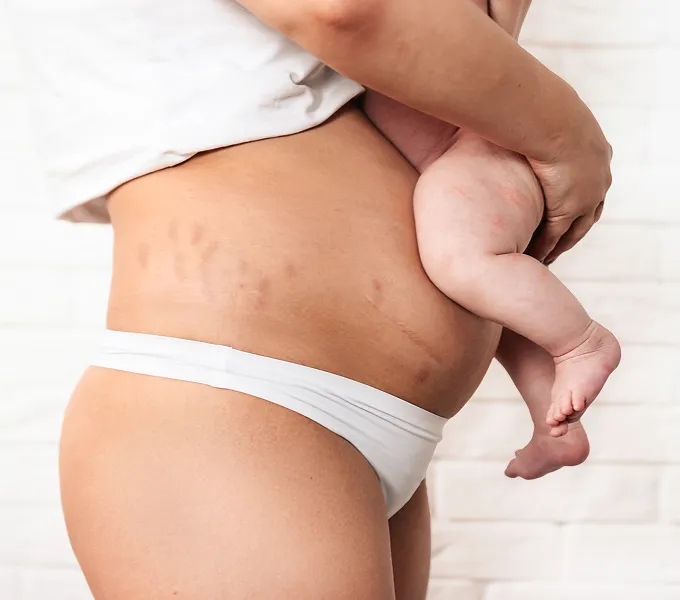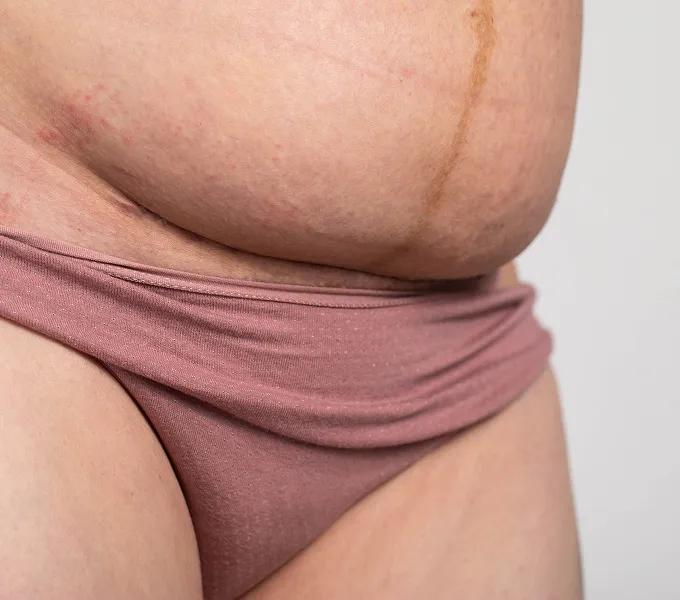
Second Trimester Back Pain Explained
Your second trimester can feel like a much-needed reprieve — your energy may start coming back and, if you had morning sickness (we're so sorry you had to go through that), your nausea may finally subside. Even better, the potential for pregnancy loss decreases dramatically after week 13, which can seriously reduce your overall stress and anxiety. That said, this time in your pregnancy can come with its own challenges, including frustrating back pain that may stop you from doing all the things you want (and need) to do before your baby arrives.
Relieving early pregnancy back pain starts with understanding what may be causing it. Here are some common reasons why your back may be aching:
Your body is changing dramatically
Now that your baby's growth has moved from within your pelvic cavity during the first trimester to your abdomen, you will start to see more noticeable physical changes in your body. "Noticeable" is an understatement: Your belly will grow and grow and grow as your baby continues to increase in size and length, your weight will continue to steadily increase, and your spine will demonstrate more exaggerated curvatures in your upper and lower back.
All of these changes place increased stress on your muscles and your joints and can translate to periods of increased back pain throughout the remainder of your pregnancy. Specifically, an increased lumbar lordosis and an anterior pelvic tilt, while common during pregnancy as your belly begins to pull your center of gravity forward, are also associated with increased low back pain.
In addition, increased thoracic kyphosis (forward curvature of the spine) and keeping your head in a forward-tilting position — often stemming from growing breasts and having to lean forward as you work or do chores — is frequently associated with upper back and neck pain. If you aren't actively working to counteract these changes, they may be more than your body is ready to handle and can increase your likelihood of developing back pain.
You're suddenly active again, or...
Many people understandably find exercising close to impossible in the first trimester due to severe nausea and intermittent vomiting. As these symptoms start to subside, you may be excited to return to your regular exercise or favorite sport. Unfortunately, three months of not exercising can lead to deconditioning aka, lost muscle tone and muscle memory.
If you return to exercise in the second trimester, it's important not to expect to be able to run the same distances, lift the same weights, or perform the same yoga poses as before: your body has changed and your muscles may not be prepared to handle those changes right away, especially if they have fallen out of practice.
For exercise lovers, it's all too easy to do too much, too quickly. This can lead to muscle overuse, strain, and increased pain in your joints or back. When returning to exercise, remember to take it slow, do a warm up first, and listen to your body. If you were unable to exercise in the first trimester, the last thing you need is for a back injury to slow you down or stop you in your tracks now that you've reached your second trimester.
To exercise safely and effectively, considering working with a physical therapist who specializes in postpartum care.
You're stuck in one position all day.
Your body is meant to move, unfortunately, the demands of our daily life — especially work — can get in the way. Most jobs involve sitting or standing for hours on end, and this inactivity can contribute to back pain. When you're in one position for too long, your muscles become less engaged and you instead rely on your ligaments and joints to maintain your position. In pregnancy, as your ligaments become less supportive and your joints become more mobile, prolonged sitting, standing or lying down can all lead to increased pain.
To relieve and prevent more pain, try taking regular walks or changing positions periodically to relieve pressure on your joints. In addition, the use of wedges, pillows or pregnancy belts to support your body may be helpful in protecting your joints and reducing back pain when you have no choice but to sit or stand for 8 hours a day.
If you continue to experience discomfort in the second trimester, tell your primary care provider. They can help determine the potential source of your back pain and refer you to a physical therapist who can provide targeted relief and prepare your body for the rest of your pregnancy and upcoming labor and delivery.
Remember, your body is going through a lot during pregnancy, but with the right care and attention, you can still feel strong, healthy, and empowered.




